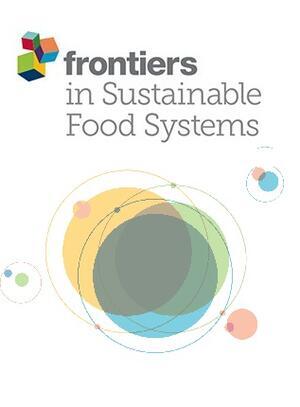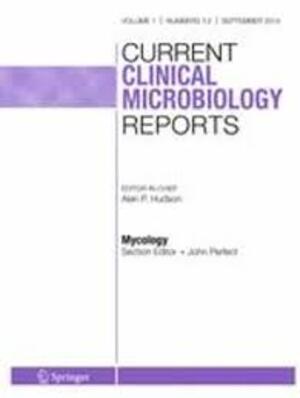
Detection of species substitution in the meat value chain by high-resolution melting analysis of mitochondrial PCR products
Abstract
Substituting high commercial-value meats with similar cheaper or undesirable species is a common form of food fraud that raises ethical, religious, and dietary concerns. Measures to monitor meat substitution are being put in place in many developed countries. However, information about similar efforts in sub-Saharan Africa is sparse. We used PCR coupled with high-resolution melting (PCR-HRM) analysis targeting three mitochondrial genes—cytochrome oxidase 1 (CO1), cytochrome b (cyt b), and 16S rRNA—to detect species substitution in meat sold to consumers in Nairobi, Kenya. Out of 107 meat samples representing seven livestock animals, 11 (10.3%) had been substituted, with the highest rate being observed in samples sold as goat. Our results indicate that PCR-HRM analysis is a cost- and time-effective technique that can be employed to detect species substitution. The combined use of the three mitochondrial markers produced PCR-HRM profiles that successfully allowed for the consistent distinction of species in the analysis of raw, cooked, dried, and rotten meat samples, as well as of meat admixtures. We propose that this approach has broad applications in the protection of consumers against food fraud in the meat industry in low- and middle-income countries such as Kenya, as well as in developed countries.
Citation
Njaramba, J.K., Wambua, L., Mukiama, T., Amugune, N.O. and Villinger, J. 2021. Detection of species substitution in the meat value chain by high-resolution melting analysis of mitochondrial PCR products. Foods 10: 3090.










